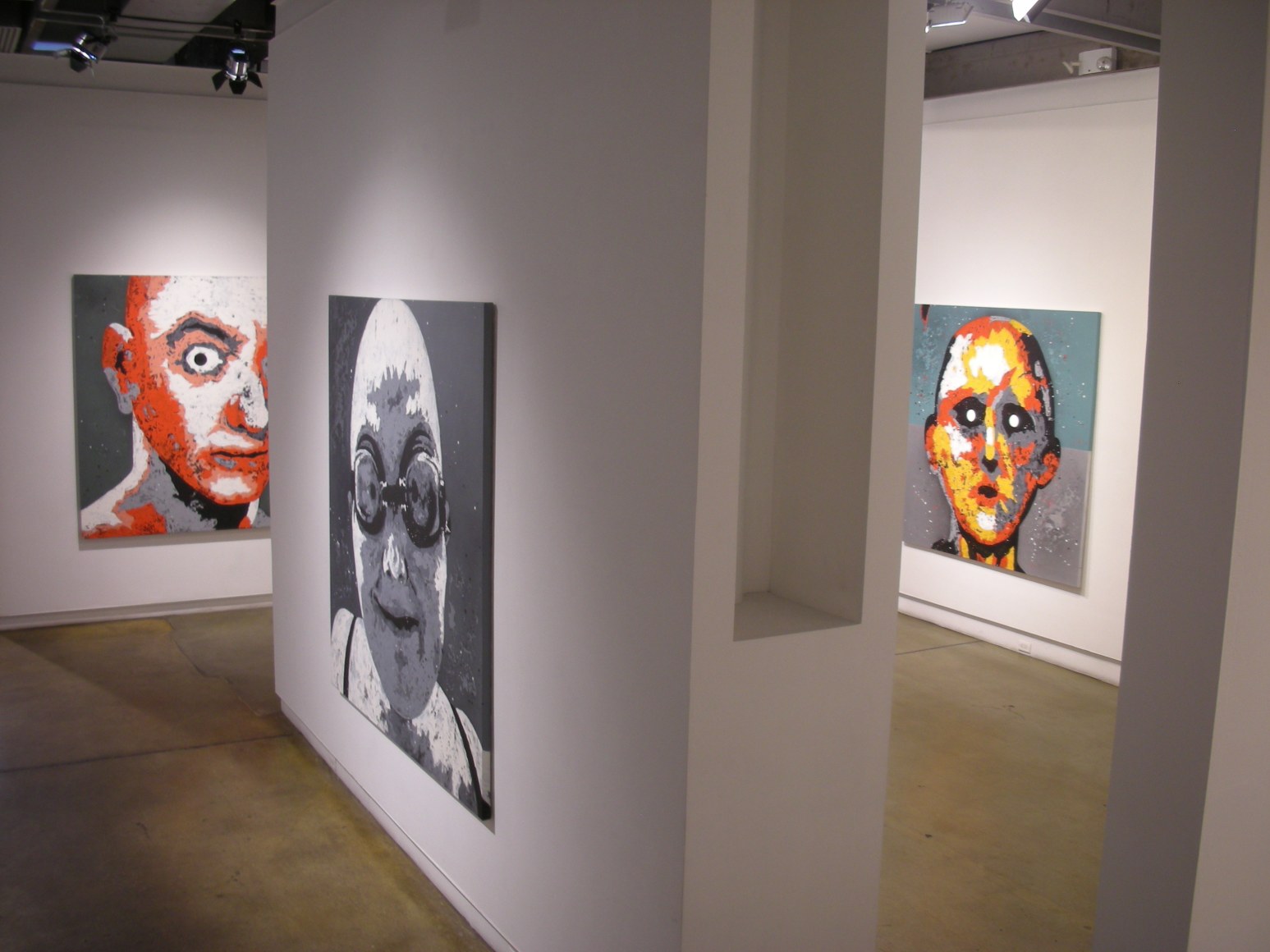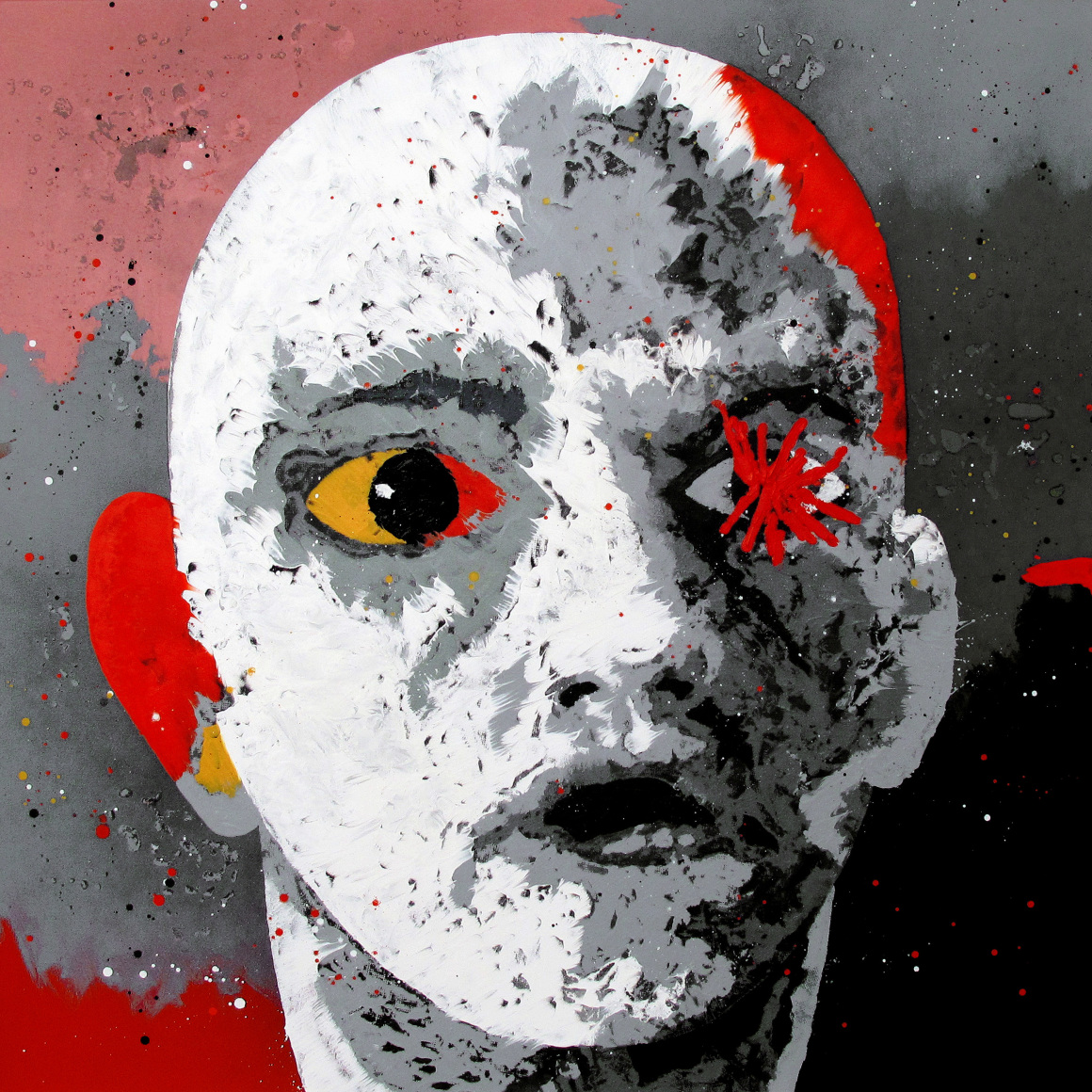Stux Gallery is pleased to present the recent work of the prominent Spanish painter José Manuel Ciria in a profoundly stirring and provocative exhibition entitled “The Execution of the Soul”. Following a tradition in contemporary Spanish painting that includes Tàpies and Saura, the young Ciria came to attention in the early 1990s with a series of fiercely lyrical abstract paintings that surprised artists and critics alike. Over the past two decades, Ciria’s inventiveness has propelled him into the echelons as a leading painter of his generation. One might say that he is responsible for revising the terms of the medium beyond Modernist categories of expressionism and formalism in Spanish painting into a renewed interest in selfhood. This is Ciria’s first exhibition of work in the United States in which the artist has vigorously turned this attention toward imaginary forms of figuration.
Art critic Robert C. Morgan has written at length on the work of Ciria, comparing Ciria’s “semi-abstract”, amorphous paintings of heads and faces to the ritual of the mask in Spanish culture, a device which disguises as much as it reveals, obscures as much as it expresses. With Ciria’s heads one gets a sense that there is as much behind the face as there is displayed overtly; each head contains a unique narrative, concealed beneath its gaze as it looks out at the viewer.
The underlying psychological connection between Ciria’s paintings and the viewer comes to the forefront in his “Rorschach Head Series”, explicitly invoking the inkblots the Swiss psychologist used to measure the inherent human tendency to project emotions, interpretations and meaning onto seemingly ambiguous stimuli. Ciria’s paintings are a confrontation between the radical immediacy of faciality and the viewer’s inner compulsion to relate spontaneously to abstraction.

















